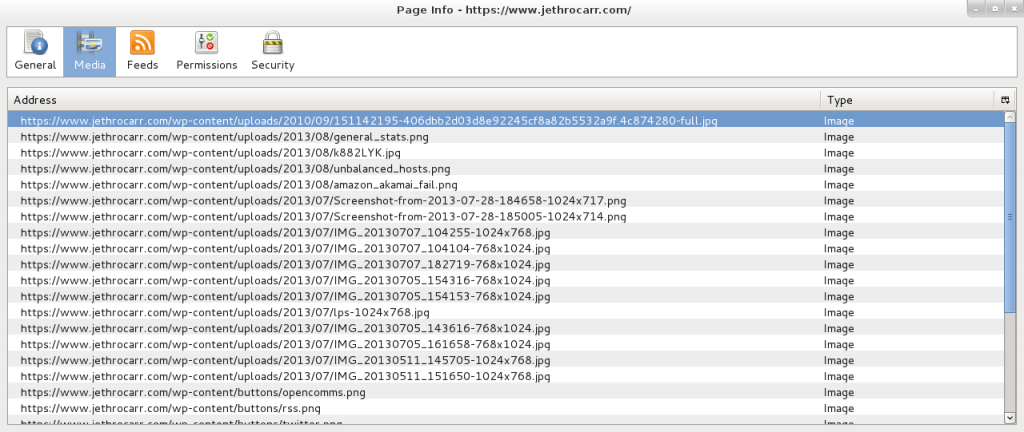Carrying on from the last post, I needed a good reliable way to point my Nginx configuration at a DNS server to use for resolving backends. The issue is that I wanted my Puppet module to be portable across various environments, some which block outbound DNS traffic to external services and others where the networks may be redefined on a frequent basis and maintaining an accurate list of all the name servers would be difficult (eg the cloud).
I could have used dnsmasq to setup a localhost resolver, but when it comes to operational servers, simplicity is key – having yet another daemon that could crash or cause problems is never desirable if there’s a simpler way to solve the issue.
Instead I used Facter (sic), Puppet’s tool for exposing values pulled from the system into variables that can be used in your Puppet manifests or templates. The following custom fact is included in my Puppet module and is run before any configuration is applied to the host running my Nginx configuration:
#!/usr/bin/env ruby
#
# Returns a string with all the IPs of all configured nameservers on
# the server. Useful for including into applications such as Nginx.
#
# I live in mymodulenamehere/lib/facter/nameserver_list.rb
#
Facter.add("nameserver_list") do
setcode do
nameserver = false
# Find all the nameserver values in /etc/resolv.conf
File.open("/etc/resolv.conf", "r").each_line do |line|
if line =~ /^nameserver\s*(\S*)/
if nameserver
nameserver = nameserver + " " + $1
else
nameserver = $1
end
end
end
# If we can't get any result (bad host config?) default to a
# public DNS server that is likely to be reachable.
unless nameserver
nameserver = '8.8.8.8'
end
nameserver
end
end
On a system with a typically configured /etc/resolv.conf file such as:
search example.com nameserver 192.168.0.1 nameserver 10.1.1.1
The fact will expose the nameservers in a space-delineated string such as:
# facter -p | grep 'nameserver_list' nameserver_list => 192.168.0.1 10.1.1.1
I can then use the Fact inside my Puppet templates for Nginx to configure the resolver:
server {
...
resolver <%= @nameserver_list %>;
resolver_timeout 1s;
...
}
This works pretty well, but there are a couple things to watch out for:
- If the Fact fails to execute at all, your configuration will be broken. Having said that, it’s a very simple Fact and there’s not a lot that really could fail (eg no dependencies on other apps/non-standard resources).
- Linux hosts resolve DNS using the nameservers specified in the order in /etc/resolv.conf. If one fails, they move on and try the next. However Nginx differs, and just uses the list of provides nameservers in round-robin fashion. This is fine if your nameservers are all equals, but if some are more latent or less reliable than others, it could cause slight delays.
- You want to drop the resolver_timeout to 1 second, to ensure a failing nameserver doesn’t hold up re-resolution of DNS for too long. Remember that this re-resolution should only occur when the TTL of the DNS records for the backend has expired, so even if one DNS server is bad, it should have almost no impact to performance for your requests.
- Nginx isn’t going to pickup stuff in /etc/hosts using these resolvers. This should be common sense, but thought I better put that out there just-in-case.
- This Ruby could be better, but I’m not a dev and hacked it up in 15mins. The regex should probably also be improved to handle some of the more exotic /etc/resolv.confs that I’m sure people manage to write.

